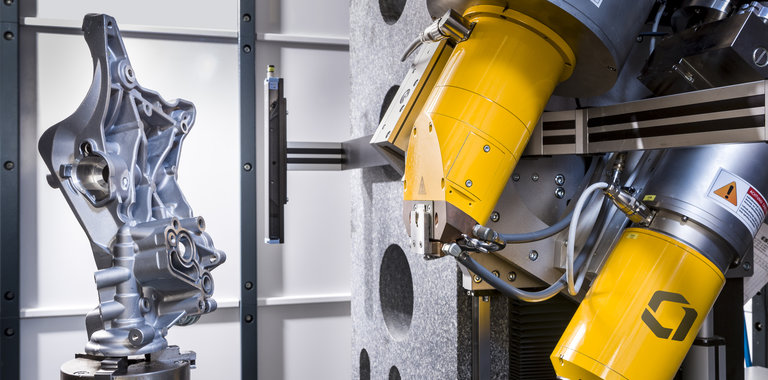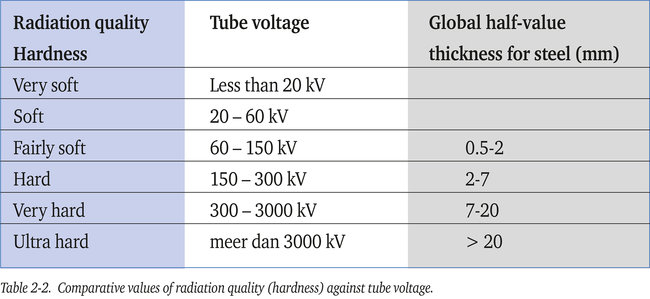Image
Image

Eyebrow
Blog
How do I determine the radiation energy-hardness?
In this article:
- Radiation energy-hardness (beam quality) refers to the penetrating power of X-rays or gamma rays, determined by their wavelength—shorter wavelengths indicate “harder” radiation.
- Hardness is directly related to tube voltage (kV) for X-ray sources and energy (keV) for isotopes, with higher voltages producing harder, more penetrating radiation.
- Radiation is classified from very soft to ultra-hard, depending on its energy spectrum, which affects its suitability for different non-destructive testing (NDT) applications.
- Half-Value Thickness (HVT) is a key metric used to quantify radiation hardness, representing the material thickness needed to reduce beam intensity by 50%.
- Understanding radiation hardness is essential for optimizing image quality, ensuring safety, and selecting the right inspection parameters in industrial radiography.
Radiation hardness (beam quality) depends on wavelength. Radiation is called hard when its wavelength is small and soft when its wavelength is long. In industry the quality of the X-ray tube ranges from very soft to ultra hard. The beam quality is related to a tube voltage (kV) range, or keV for isotopes.
The first two columns of the table on the right side indicate the relationship hardness/tube voltage range applied in NDT. The third column gives the related qualification of the radiation effect, i.e. half-value thickness (HVT), described in detail in a later blog article.

